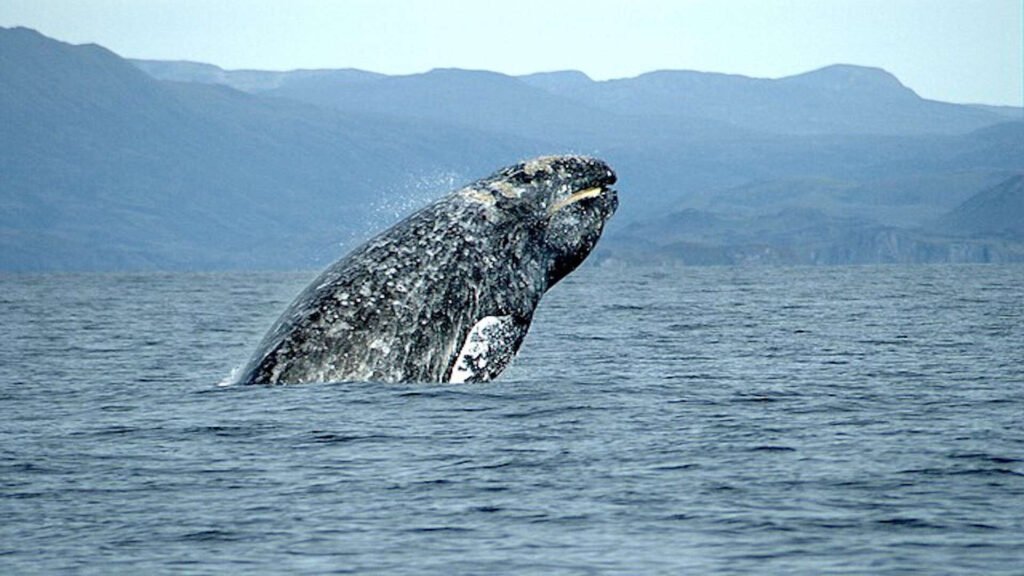Imagine walking through a dense, misty rainforest and realizing that, somewhere beneath your feet, a cure for cancer might have once grown—only we no longer know its name. The rustle of leaves above you whispers with secrets, but many of those secrets are silent now, erased by time, colonization, and forgotten languages. The story of lost medicinal knowledge isn’t just about ancient scrolls gathering dust; it’s about the everyday wisdom that once kept entire civilizations alive. It’s about the remedies that soothed fevers, healed wounds, and perhaps even saved lives—wisdom that, for reasons both heart-wrenching and shocking, slipped through our fingers. We’re left to wonder: what miracles have vanished with the elders who carried them, and how different could our world be if we’d only listened a little closer?
The Ancient World’s Pharmacies: A Tapestry Torn
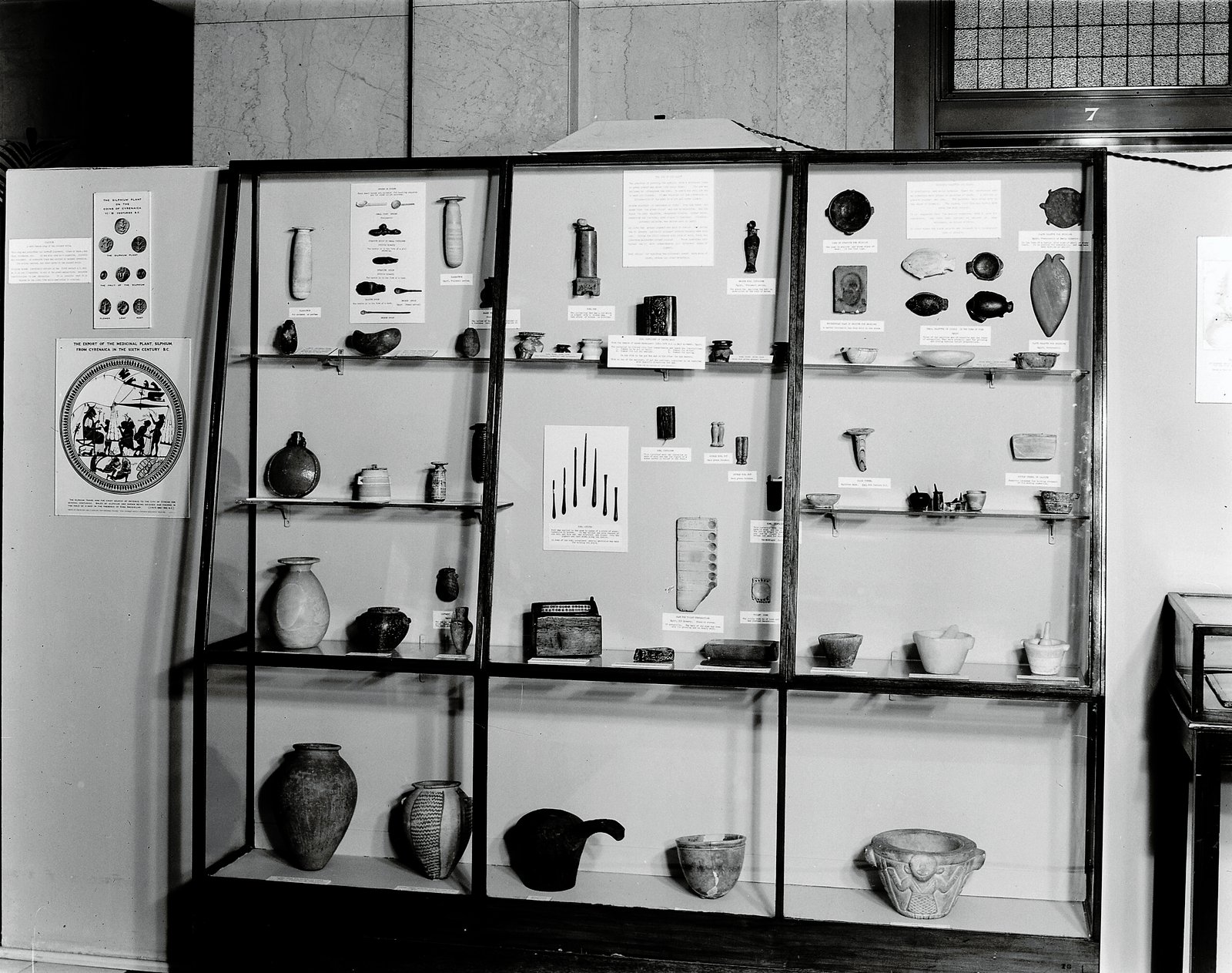
Long before the invention of modern pharmacies, every village was its own apothecary. Ancient Greeks, Egyptians, and Chinese healers relied on a dazzling array of plants, minerals, and even animal parts to treat illnesses. The Greeks worshipped Asclepius, the god of medicine, while Egyptian physicians catalogued hundreds of remedies on papyrus scrolls. Yet, much of this knowledge was passed down orally or in fragile manuscripts. Fires, floods, and wars wiped out entire libraries, leaving us with only fragments. Imagine a priceless tapestry, torn and frayed, with only hints of its former beauty. That’s what’s left of our ancient medicinal wisdom—and the gaps are as haunting as the knowledge itself.
Lost in Translation: The Disappearance of Oral Traditions
Some of humanity’s most effective healing knowledge was never written down. Instead, it lived in stories, songs, and rituals shared by grandmothers and village healers. When communities were displaced by war or colonization, those stories often vanished forever. For example, Indigenous tribes in the Americas once used plants for pain relief and wound care that modern science is only now beginning to rediscover. But for every plant we’ve relearned, countless others remain lost because the last person who knew their secrets is gone. This loss isn’t just academic—it’s deeply personal, a severed connection to our own roots.
Colonization: The Silencing of Healers
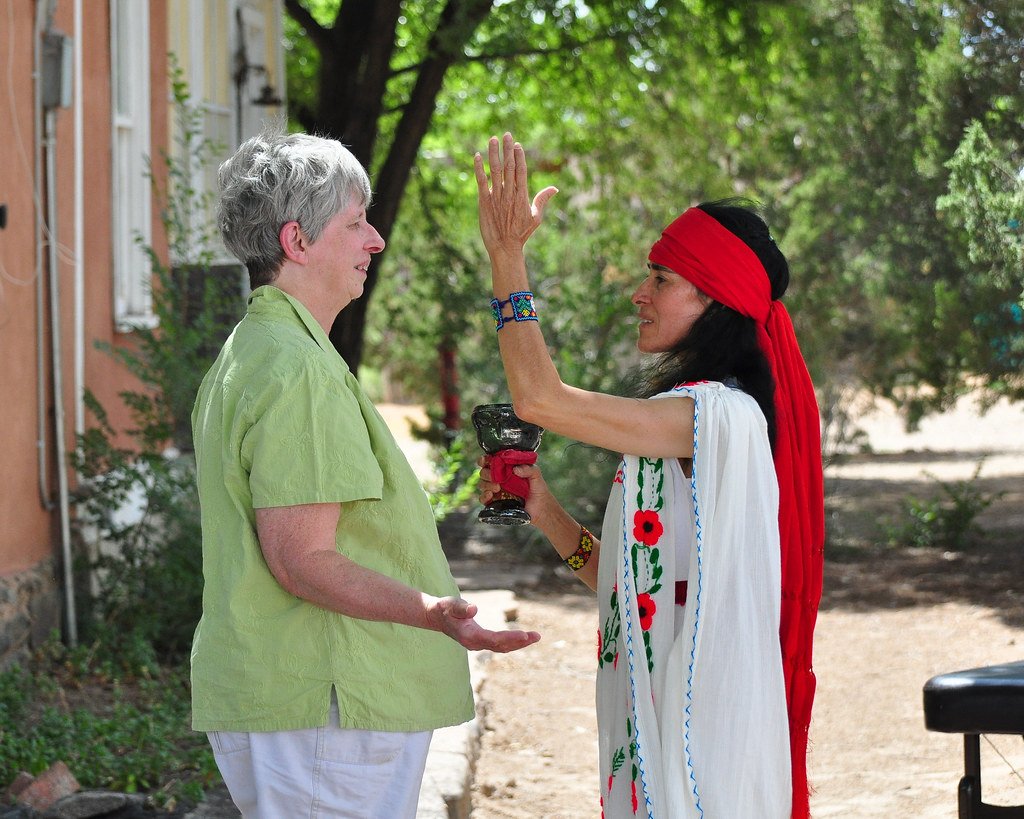
The arrival of colonizers often spelled disaster for local healers and their remedies. Traditional medicine was dismissed as “witchcraft” or “superstition,” and the keepers of this wisdom were persecuted or forced into hiding. In Australia, North America, and Africa, entire pharmacopoeias were erased as European doctors imposed their own practices. The result? An irreplaceable treasure trove of knowledge vanished almost overnight, leaving only whispers in the wind. It’s almost impossible to measure what was lost: painkillers, antiseptics, and treatments for diseases we still struggle with today.
Manuscripts Burned and Libraries Lost
Throughout history, entire libraries containing priceless medical texts have been destroyed in moments of violence or neglect. The burning of the Library of Alexandria is perhaps the most famous example, where scrolls detailing ancient Egyptian and Greek remedies disappeared in an instant. In China, books were burned during dynastic upheavals. Even in medieval Europe, knowledge was lost during wars and plagues. Each destroyed manuscript represents not just lost words, but lost cures and hope for those who might have benefited from them.
Language Extinction: When Words for Medicines Disappear
Every time a language dies, so does a unique way of seeing—and healing—the world. Many Indigenous languages encode vital medicinal knowledge in words that have no translation. A single plant might have dozens of uses, each with its own name and preparation method. When a language fades, so too does the recipe for a wound salve, a fever remedy, or a spiritual cleansing. Linguists and ethnobotanists rush to record these words, but the task is daunting, and the clock is always ticking.
Herbal Lore Forgotten in Urbanization’s Wake
As cities grew and people moved away from rural life, the everyday use of medicinal plants dwindled. Once, every grandmother knew how to make a poultice or brew a calming tea. Today, that knowledge is rare, found mostly in books or specialty shops. Urbanization fractured the chain of transmission, leaving younger generations without the practical know-how that once filled kitchen gardens and local forests. The result is a society that relies heavily on pharmaceuticals, often unaware of the gentle, natural remedies that once thrived at our doorsteps.
Folk Remedies and the Stigma of “Superstition”
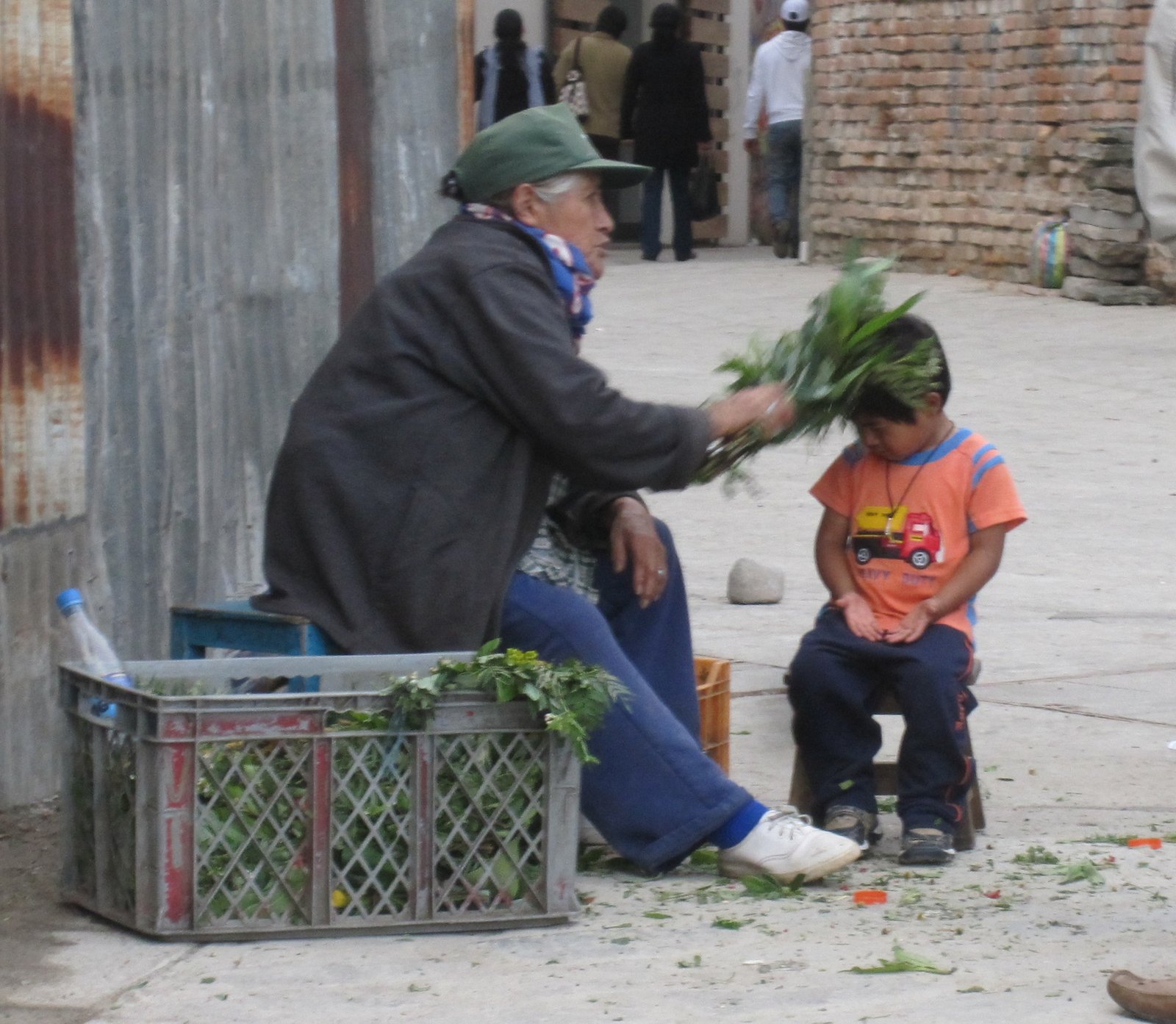
For centuries, folk remedies were dismissed by “official” medicine as mere superstition. Yet, many of these treatments had real, measurable effects. Willow bark, used for pain relief, eventually led to the discovery of aspirin. But how many other “old wives’ tales” hide potent medicines? The stigma attached to folk medicine led many to abandon it, even when it worked. This cultural shift didn’t just erase treatments—it erased trust in our own traditions.
The Shadow of Patent Laws and Pharmaceutical Dominance
In the modern era, pharmaceutical companies have played a double-edged role. While they bring life-saving drugs to millions, their focus on patentable compounds has discouraged the study of traditional, unpatentable remedies. When a plant can’t be owned, its medicinal secrets often go unexplored. This has led to a narrowing of our medical arsenal, favoring the new and profitable over the time-tested and communal. The commercialization of medicine sometimes means the wisdom of the past is left to gather dust.
Forgotten Healers: Women and Minorities Erased from History
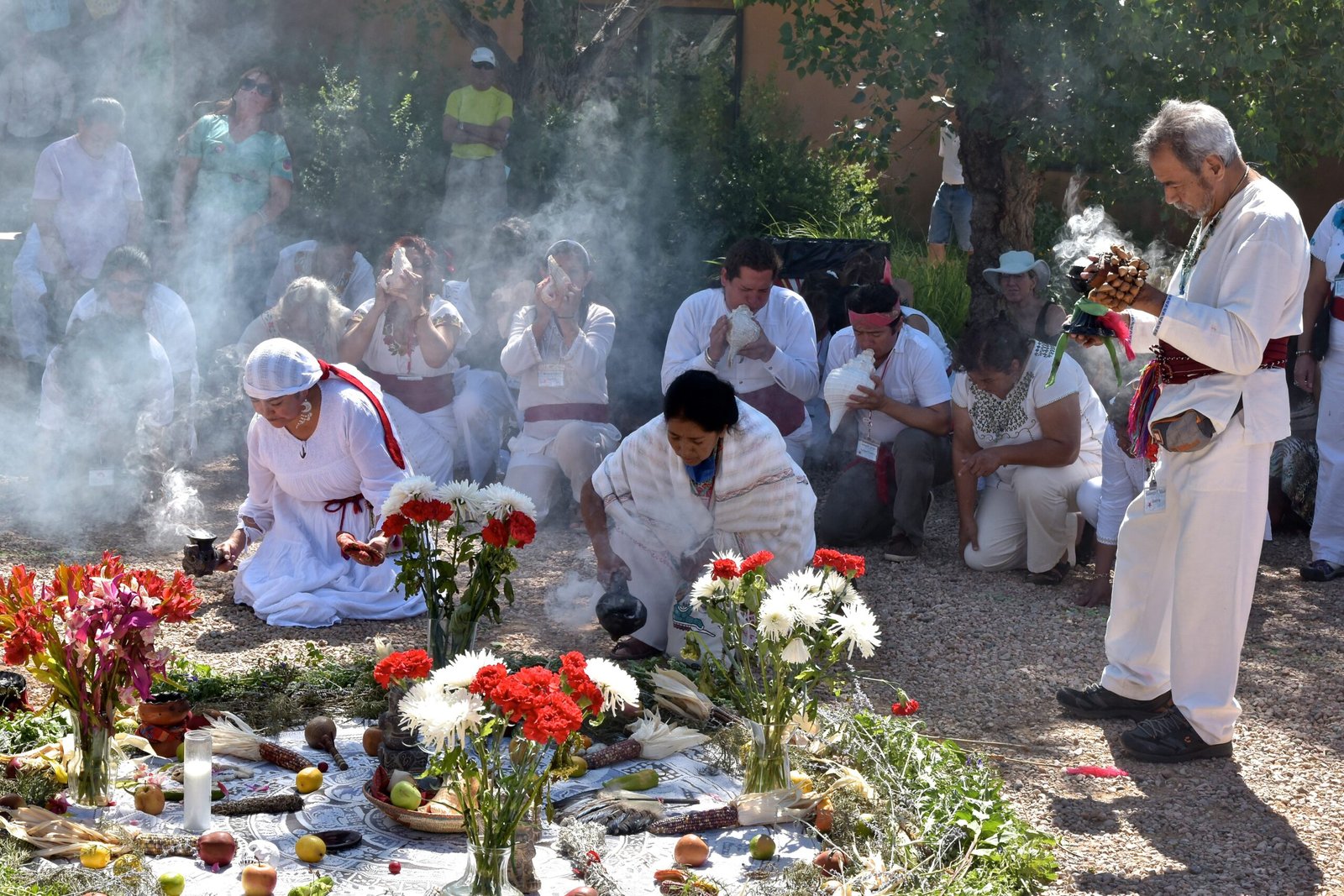
Much of the world’s medicinal wisdom was preserved and practiced by women and minority communities. When history was written—usually by men in positions of power—these healers were sidelined or even criminalized. “Witches” in Europe were often simply skilled herbalists. African American midwives brought invaluable knowledge of childbirth and healing. With their stories left out of official records, the tapestry of medical history lost some of its brightest threads.
Medicinal Plants Gone Extinct
Some plants that once formed the backbone of traditional medicine have vanished forever. Deforestation, over-harvesting, and climate change have driven countless species to extinction. Scientists estimate that we may have lost as many as 50,000 plant species in the last century alone—some of which likely held powerful medicinal properties. It’s like burning an encyclopedia without ever cracking the cover, never knowing the cures that turned to ash.
Lost Recipes: The Art of Preparation Matters
Knowing which plant to use is only half the battle; the method of preparation can make all the difference. Some traditional medicines relied on precise drying, boiling, or fermenting techniques to unlock their healing potential. These subtleties were passed down through practice and observation, not just words. As those techniques faded, so did the effectiveness of the remedies. Even if we rediscover a lost plant, without its recipe, we may never fully recover its power.
Spiritual and Holistic Approaches Forgotten
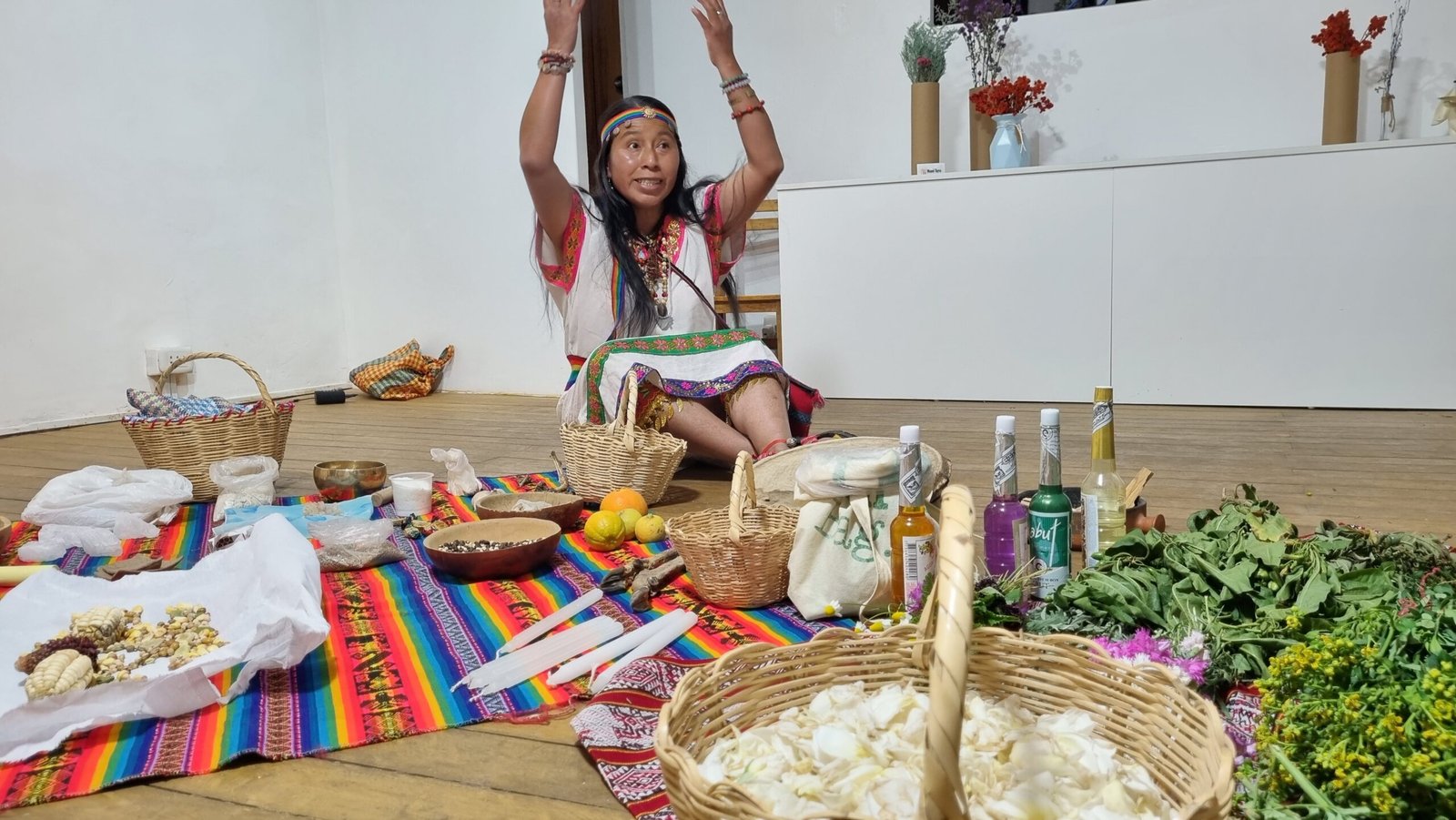
Many traditional healing systems combined physical remedies with spiritual or holistic practices. From Native American sweat lodges to Ayurvedic rituals, these approaches recognized the mind-body connection. Modern medicine often dismisses these as unscientific, but recent research is beginning to validate the power of meditation, ritual, and community support in healing. When we lost these traditions, we may have lost more than just cures—we lost an entire way of thinking about health.
The Renaissance of Ethnobotany: Rediscovering What Was Lost
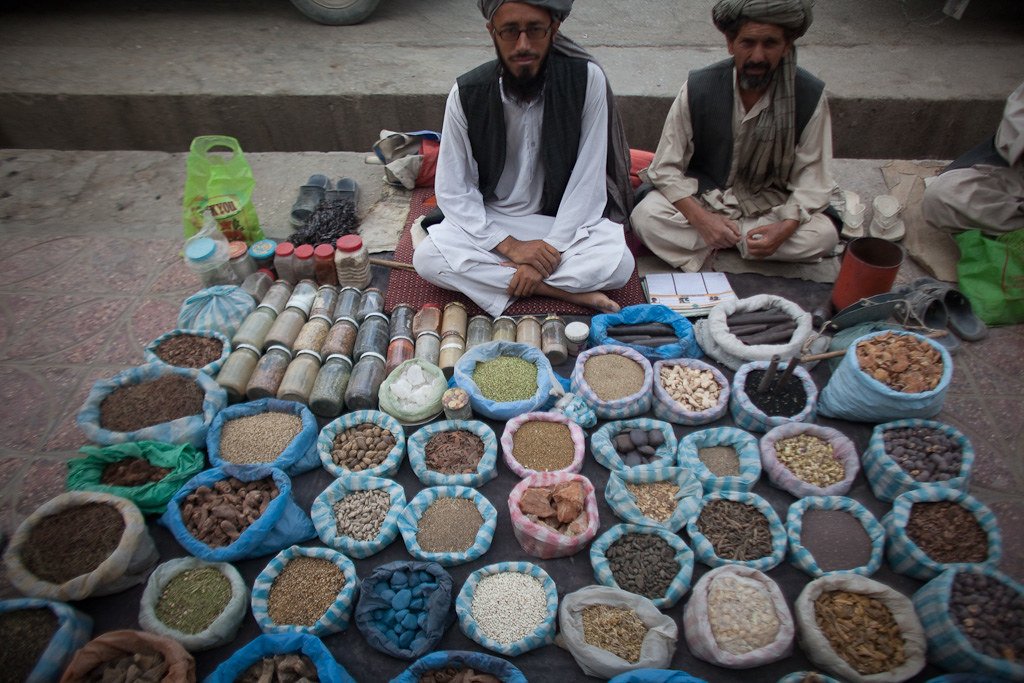
In recent years, scientists have begun working with Indigenous communities to document and study traditional remedies. Ethnobotanists travel to remote forests and mountains, recording the uses of plants before they disappear forever. This approach has led to new drugs and therapies, but the process is slow and sometimes controversial. There’s a race against time to save what’s left, and every rediscovered cure feels like a message from the past.
Medicinal Mushrooms: Hidden in Plain Sight
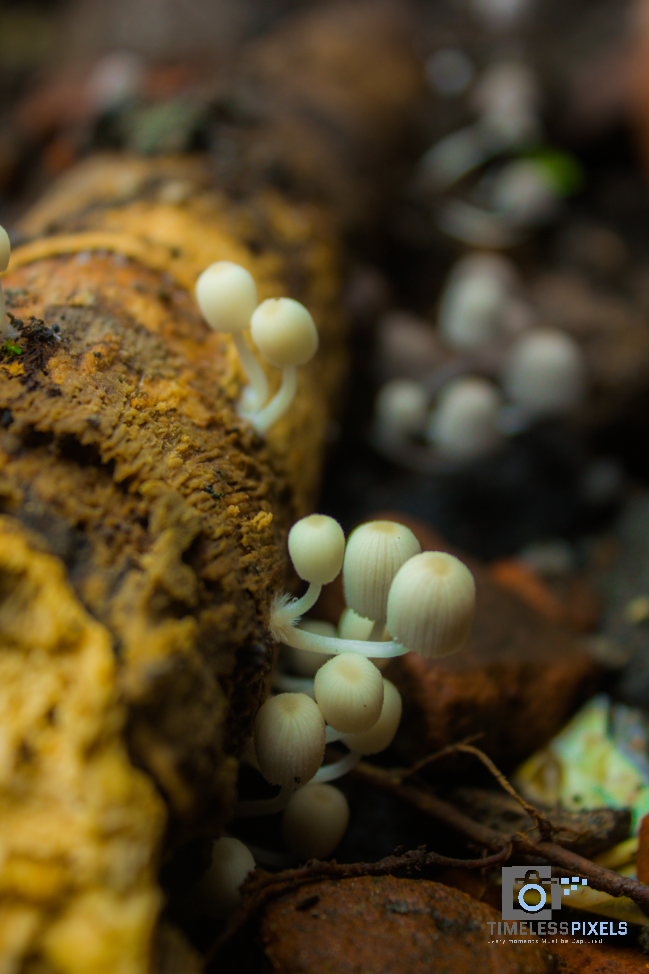
Fungi are among the oldest forms of life on Earth, and many cultures have used them for healing. Yet, much of this knowledge was overlooked or forgotten in the rush to modernize. Today, scientists are rediscovering the power of medicinal mushrooms like reishi and turkey tail, which have been used in Chinese medicine for centuries. Their immune-boosting and anti-cancer properties are only now being validated, reminding us that some of the most effective medicines were hiding in plain sight.
The Role of Shamans and Spiritual Leaders
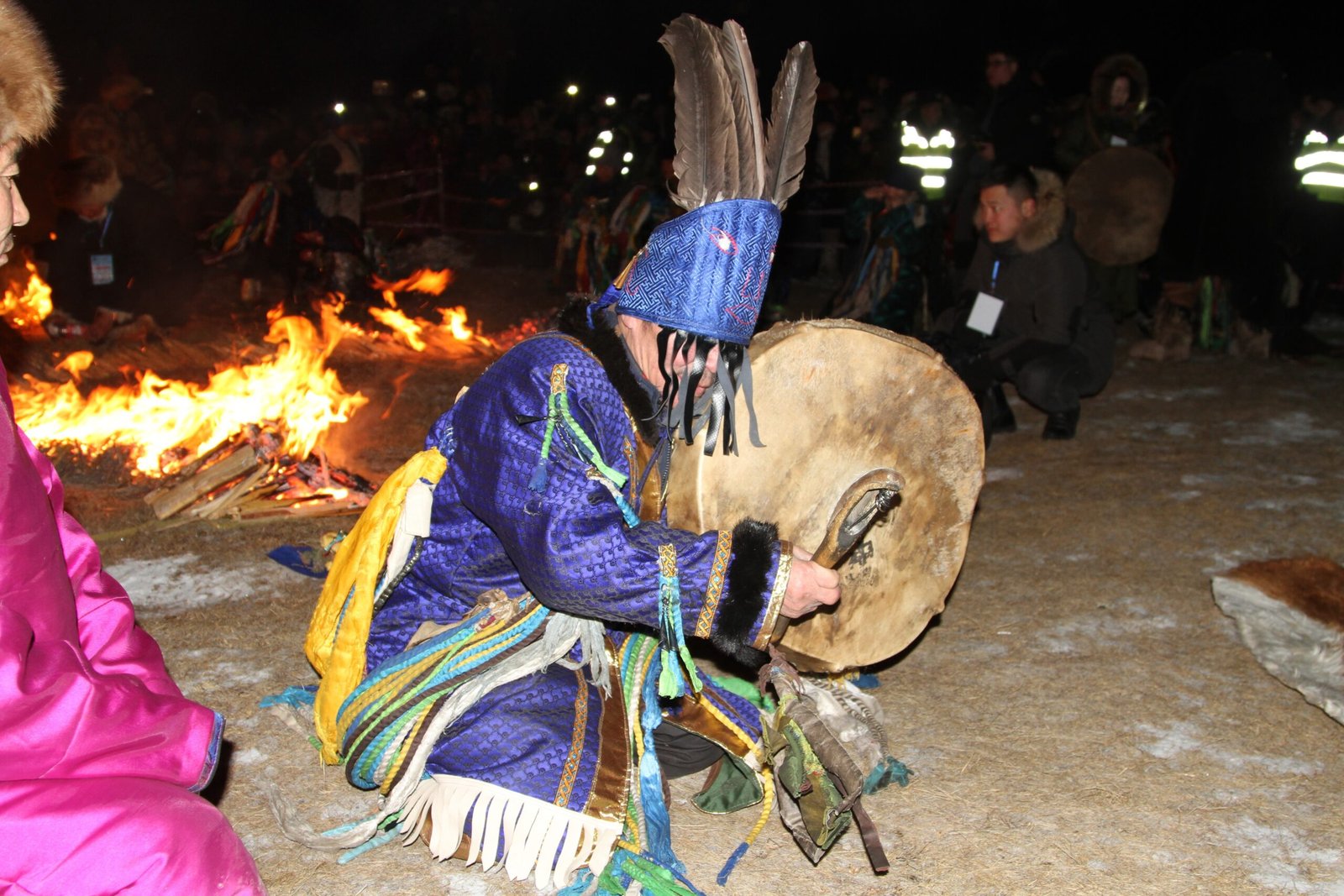
In many cultures, shamans and spiritual leaders were also the healers, blending botanical knowledge with ritual and community care. Their practices often included trance, song, and dance, which played a role in both diagnosis and treatment. With the erosion of these roles, a vast body of knowledge about healing and the human spirit has been lost. The disappearance of shamans is not just a loss of medicine, but a loss of meaning.
Secrets of the Amazon: A Pharmacy Disappearing Fast
The Amazon rainforest is home to thousands of plants used for centuries by Indigenous peoples as medicines. As the forest is cleared for agriculture and mining, entire ecosystems—and their healing secrets—are destroyed. Scientists estimate that less than 10 percent of Amazonian plants have been studied for medical use. Every tree that falls could be the key to a new antibiotic or cancer treatment, lost before we even knew it existed.
Traditional Chinese Medicine and the Cultural Revolution
China’s long history of herbal medicine faced a dramatic rupture during the Cultural Revolution. Ancient texts were destroyed, and practitioners were persecuted. While some knowledge survived, much was lost or suppressed. Today, researchers are piecing together what remains, but the break in continuity means some remedies may be lost forever. It’s a reminder of how quickly centuries of knowledge can vanish in a single generation.
Ayurveda and the Challenges of Modernization
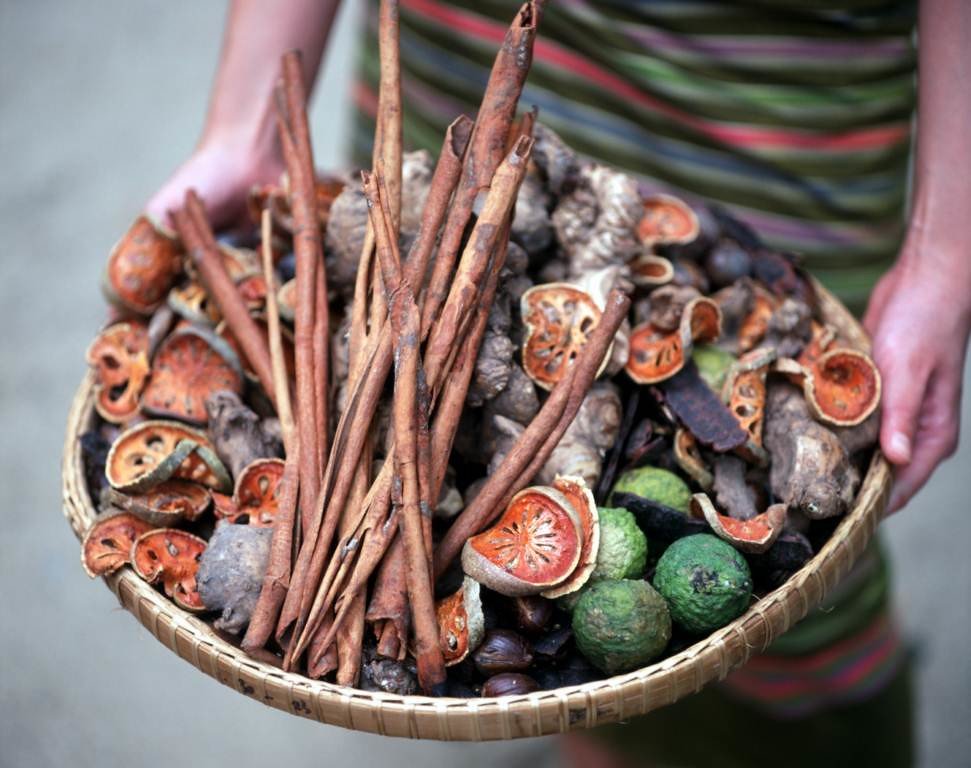
India’s Ayurvedic tradition is one of the oldest holistic healing systems in the world. Yet, as India modernized, many Ayurvedic texts were lost or ignored in favor of Western medicine. Some treatments have survived, but others exist only in fragments or local memory. The tension between tradition and modernity continues, with some remedies being rediscovered and others slipping quietly away.
Lost Veterinary Medicine: Healing Animals and Humans
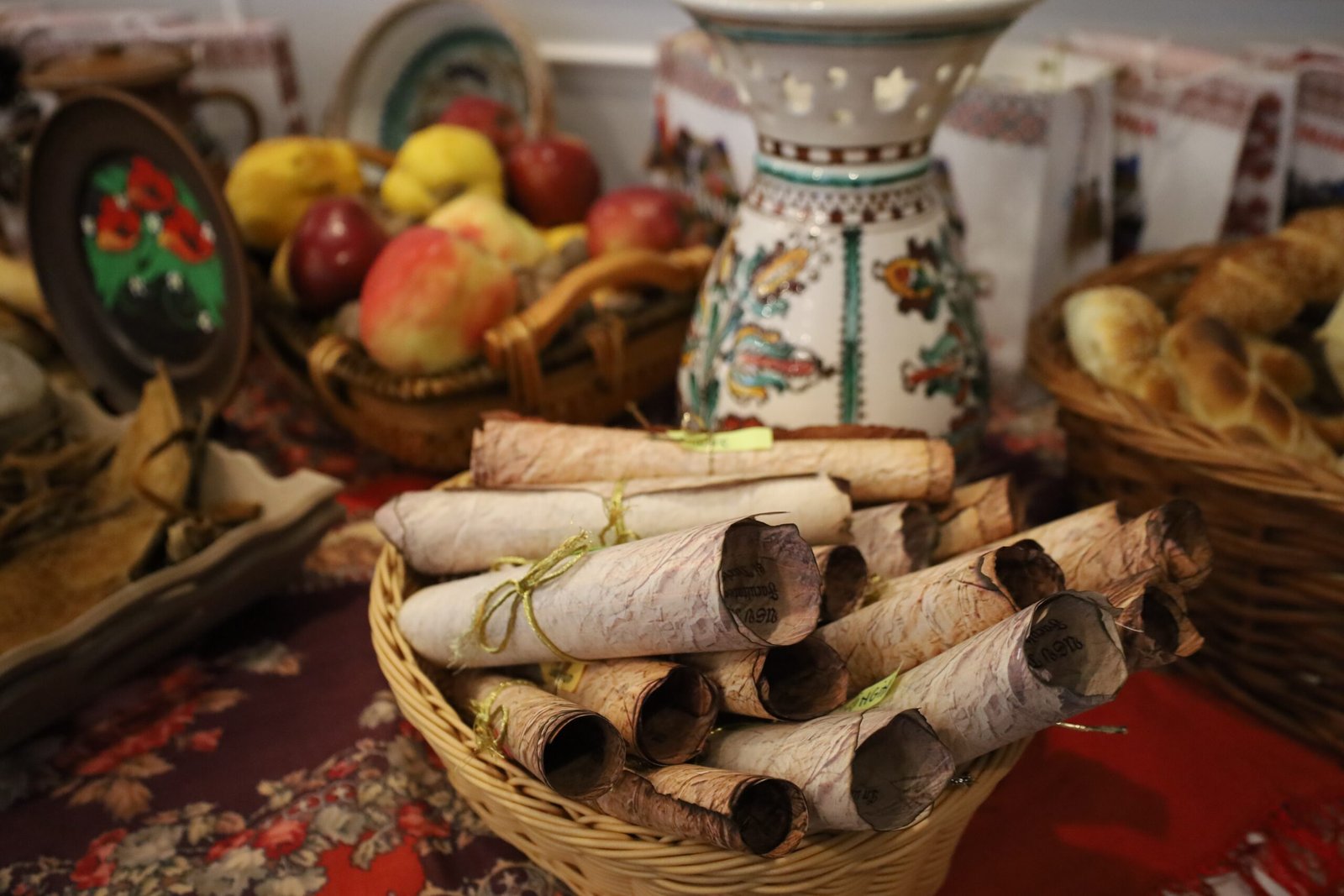
Medicinal knowledge wasn’t just for people—many societies developed detailed systems for treating animals. From horse balms in Central Asia to herbal wormers in Africa, these remedies were crucial for survival. As industrial agriculture replaced traditional practices, much of this veterinary wisdom disappeared. Today, animal medicine often relies on chemicals, but some farmers and veterinarians are looking back to rediscover what was lost.
The Digital Age: Preserving or Eroding Knowledge?
Today, we have the tools to document and share knowledge like never before. Yet, the sheer volume of information can make it harder to separate fact from fiction. Social media spreads both wisdom and misinformation at lightning speed. The challenge for modern medicine is to preserve what’s valuable from the past without losing it in the digital noise. Will we become better stewards of our heritage, or will our medicinal wisdom slip even further from reach?
What Might Still Be Out There?
It’s humbling to realize that, for all our scientific advances, we may never fully recover what was lost. Somewhere in a forgotten forest, or on the tip of an elder’s tongue, could be the cure for tomorrow’s greatest disease. The question isn’t just what we’ve lost, but what we’re willing to do to save what remains. Will we listen, learn, and honor the healers who came before us, or will we let their voices fade into silence?


